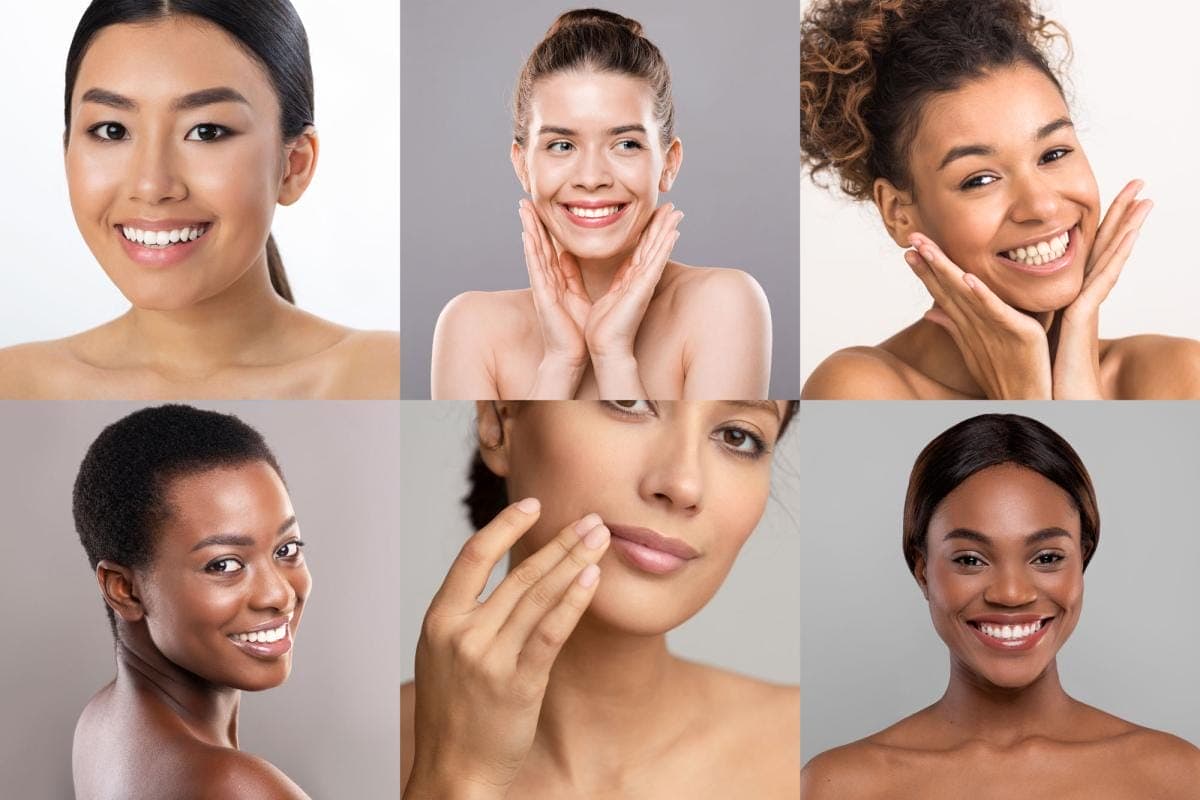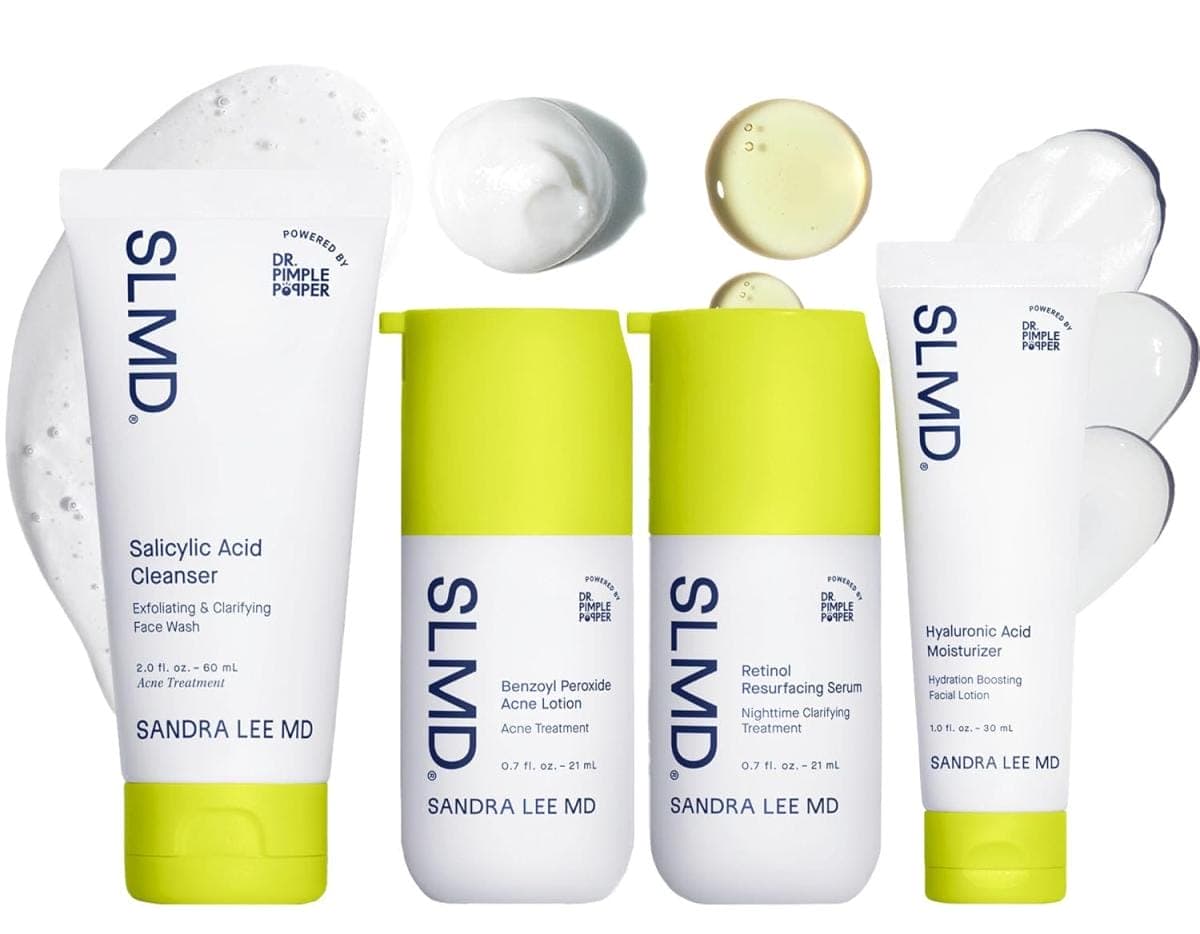I was stunned when I learned that American women spend an average of $3,756 every year on beauty products and services – roughly ten dollars a day. That figure explains why so many people ask how to tame costs without sacrificing results. I always remind them that a glowing complexion depends far more on smart choices than on lavish price tags. Formulation quality, habit consistency, and realistic expectations drive outcomes. The good news is that each of those drivers can be mastered on even the leanest budget.
Skincare often feels like an arms race. New acids, gadgets, and trends appear daily, each promising overnight transformation. Influencer videos make thirty‑step regimens look essential and glamorous. Yet our skin’s biology remains unchanged: it must be cleaned, hydrated, shielded from ultraviolet damage, and occasionally nudged by proven actives. Every one of those needs can be met for less than the cost of a single prestige moisturizer. In fact, trimming steps usually improves skin health because irritation falls when formulas stop competing on your face.
Here is the mindset shift that frees cash instantly: treat every product like an employee who must justify its wage. A foaming wash that strips lipids offers no advantage over a gentle drug‑store cleanser that preserves them, yet it often costs double thanks to fragrance and a mirrored cap. Evaluate performance, not marketing. The moment a bottle fails its review, hand it a pink slip. Your skin – and wallet – will thank you.

Why a Smart Budget Beats a Huge Haul
Most breakouts I treat stem from overcrowded, mismatched formulas rather than from any inherent flaw in the skin. A lean lineup reduces irritation risk and keeps cash available for ingredients that matter. Simplicity also sharpens consistency; fewer steps mean you are less likely to skip them. Balanced skin needs fewer emergency fixes, so you spend less on soothing treatments. Think of a tight routine as preventive financial planning for your face.
Before buying anything, identify your top concern – oil control, barrier repair, pigment smoothing, wrinkle softening. Clear goals dictate ingredient priorities, while random sale items create overlap and waste. Keep a small notebook tracking seasonal changes, reactions, and empties. Whenever a bottle runs dry, record whether it did its job. That evidence‑based approach steers enthusiasm toward genuine gaps instead of impulse splurges.
Cleansing Without Draining Your Wallet
A cleanser touches skin for less than a minute, so invest accordingly. Low‑pH, sulfate‑free gels or milky lotions from the pharmacy often rival prestige options because their makers focus on dermatological testing rather than shiny jars. Use lukewarm water, massage for thirty seconds, and pat dry with a dedicated towel. Scrubbing harder or adding gritty beads rarely helps; it simply erodes your barrier and forces you to buy extra calming creams. One affordable bottle should last two months, proving that gentle care can be thrifty care.
If congestion tops your complaint list, look for a budget cleanser with 0.5 percent salicylic acid. That modest dose removes excess sebum without the sting of stronger peels. Dry or sensitive complexions might prefer glycerin‑rich lotions fortified with ceramides. Either way, remember that a squeaky‑clean feel usually means lipid loss. Aim for soft, not squeaky.
Moisture That Multitasks
Hydration is non‑negotiable, even for oily skin. Dehydration triggers protective oil production, so skipping moisturizer often backfires. Hunt for creams combining humectants such as glycerin or hyaluronic acid with lightweight occlusives like squalane or sunflower oil. The blend traps water and reinforces barrier lipids in one efficient step. When pennies feel scarce, a classic jar of fragrance‑free petroleum‑free jelly doubles as night cream and lip balm. Warm a pea‑sized dab between fingers, press it onto damp skin, and wake up to calmer cheeks without spending a fortune.
Daytime requires different texture demands because makeup and sweat enter the picture. A silicone‑free gel moisturizer gives slip without clogging pores and costs less than most primers. At night, layering a few drops of inexpensive plant oil – rose‑hip or grapeseed – over your basic cream seals moisture and adds antioxidant benefits. Two humble products can replace half a dozen specialty jars.
Guard Against the Sun Save Future Dollars
Ask any dermatologist where to splurge and they will point straight to sunscreen. Ultraviolet radiation erodes collagen, ignites hyperpigmentation, and accelerates every visible marker of age. Preventing that domino effect is far cheaper than reversing it. Affordable mineral or hybrid formulas now arrive in elegant textures that rival luxury lotions. Apply two finger lengths to face and neck every morning, even on cloudy days, and reapply at lunch if you commute or sit near windows. Remember: a bargain‑store hat and a shady sidewalk extend the life of every serum you own.
Over‑the‑Counter Actives That Punch Above Their Price
Once the cleanse‑hydrate‑protect trio runs smoothly, introduce a single active tailored to your main concern. Niacinamide calms redness, brightens tone, and regulates oil for the price of a latte. Newer granactive retinoid serums offer collagen‑boosting benefits with less irritation than old‑school tretinoin, and many budget lines carry them. For rough texture, five‑percent lactic acid gently exfoliates while drawing water into the stratum corneum. Rotate actives slowly – perhaps Monday, Wednesday, and Friday – until skin acclimates, then add extra nights only if needed. Slow and steady wins both complexion and cost races.

Weekly Extras That Cost Pennies
Masks and scrubs feel indulgent, yet they need not be financial pitfalls. Kitchen staples such as colloidal oatmeal and raw honey form a soothing mask for mere cents per use. Mix equal parts, spread a thin layer, wait ten minutes, rinse, and marvel at reduced redness. Want a detox moment? Stir a teaspoon of kaolin clay with green tea until creamy. Homemade treatments sidestep filler fragrances and single‑use plastic, marrying thrift with sustainability.
Timing Purchases Around Sales
Set calendar alerts for brand friends‑and‑family events, pharmacy loyalty days, and the inevitable Black Friday flurry. Stocking up on staples during predictable discounts lowers your annual spend without sacrificing quality. Ignore limited‑edition scents or sparkly caps; formulas rarely change. If you worry about expiry, review the tiny open‑jar symbol – it indicates shelf life after opening. Planning two strategic hauls each year beats frantic monthly binges.
Ingredient Swaps That Stretch Every Dollar
Pantry staples often stand in for pricey niche oils. Sunflower seed oil, rich in linoleic acid, reinforces the barrier and costs pennies per ounce compared with cold‑pressed marula. Plain glycerin frequently outperforms exotic plant sugars at binding water and hides in most first‑aid kits. Even humble petrolatum reduces water loss by up to ninety‑nine percent overnight. Using simple molecules in thoughtful combinations frees cash for occasional upgrades like stabilized vitamin C or prescription retinoids.
How to Read Labels Like a Chemist
Ingredients appear in descending order of concentration, so actives near the top wield the most influence. Spot names such as niacinamide, panthenol, or ceramide NP early in the list and you are probably on the right track. Watch for denatured alcohol and strong fragrance blends if you are reactive. Hidden fragrance libraries labeled “parfum” can contain hundreds of undisclosed chemicals. Finally, check the preservative system; phenoxyethanol at under one percent paired with ethylhexylglycerin keeps jars safe without irritating most skin.
Seasonal Rotation Without Overspending
Climate shapes skin behavior as much as genetics. Summer humidity lets lightweight gels shine, while winter winds demand richer creams. Instead of buying a full wardrobe every season, maintain an adjustable core: one gel, one mid‑weight cream, and a small occlusive balm. Layer them according to weather – gel alone in July, gel plus cream in October, balm as a topper in January. The modular strategy keeps cupboards lean and prevents half‑used bottles from expiring before trend cycles lure you into fresh purchases.

The Case for Patch Testing on a Budget
A twenty‑four‑hour patch test on the inner forearm can spare weeks of inflammation and wasted money. Apply a pea‑sized amount, cover with a bandage, and wait. If redness or itching occurs, the product goes straight back to the store – or to a grateful friend. Many retailers honor generous return windows, so keep receipts in a marked envelope. Testing turns shopping into an evidence‑based experiment rather than a gamble.
Sustainable Choices That Save Cash
Refill pouches and solid cleanser bars usually cost less per gram than their bottled counterparts while cutting plastic in half. Some brands reward empty‑bottle returns with discount coupons, effectively subsidizing your next purchase. Others sell concentrated powders that transform into gel cleansers once mixed with water at home. Eco‑friendly does not have to mean expensive; it often aligns perfectly with frugal living because unnecessary packaging quietly adds to retail price.
Preventing Waste Through Storage
Light, heat, and air degrade many active ingredients long before the printed expiry date. Store serums in a cool drawer, keep lids tight, and wipe nozzles clean after each use to discourage bacteria. If a formula suddenly changes smell or texture, retire it – using an unstable product can irritate skin more than skipping care for a night. Treat your collection like pantry groceries: first in, first out. Label every bottle with the opening date and promise to finish every drop before purchasing its successor, the discipline curbs impulse buys and channels savings toward real improvements instead of duplicates.
Building Routine Step by Step
Morning care can remain refreshingly simple. Rinse with lukewarm water, sweep on an antioxidant serum if budget allows, then follow with a broad‑spectrum SPF. Night care involves true cleansing, a chosen active, a brief wait, and a moisturizer. Four deliberate steps anchor consistency. Over time, those quiet repetitions outweigh flashy hauls in delivering even tone, calm pores, and a softer surface.
Lifestyle Allies for Brighter Skin
A budget routine flourishes alongside cost‑free habits. Seven hours of sleep each night triggers cellular repair better than any jar. Thirty minutes of brisk walking stimulates circulation and collagen without gym fees. Swapping sugary drinks for filtered water infused with leftover citrus peels hydrates from within. Breathing exercises and short journaling sessions tame cortisol spikes that inflame acne. Small, inexpensive lifestyle tweaks magnify every topical gain.

Frequently Asked Questions
How important is toner if I am counting pennies? Most toners now mimic lightweight essences rather than the alcohol‑heavy astringents of decades past. If your cleanser leaves skin comfortable and your moisturizer locks in moisture, a separate toner is usually redundant. Spending the same amount on sunscreen offers far higher returns. Skipping toner frees both time and budget without harming results.
Are expensive serums worth the extra dollars? Potency matters more than price. Compare ingredient percentage, packaging stability, and pH information. If a budget serum lists the same active at an effective level and sits in an opaque, air‑tight bottle, your skin will not detect the missing prestige label. Save your splurge for stabilized vitamin C or prescription retinoids if your concerns demand them.
How long should a fifty‑milliliter moisturizer last? Used twice daily at a pea‑sized amount, the jar should last about eight weeks. Mark the opening date on the bottom and track usage. Knowing true cost per application prevents premature repurchase. If you finish sooner, check whether you are over‑applying or wasting product on hairline towels.
Is it safe to mix homemade treatments with store‑bought actives? Yes – provided you keep the homemade portion simple. Oatmeal, yogurt, or honey masks pair nicely with basic moisturizers. Avoid layering strong acids or retinoids in the same session as DIY blends because pH shifts, and organic matter can alter efficacy. Always patch test on your inner arm first.




